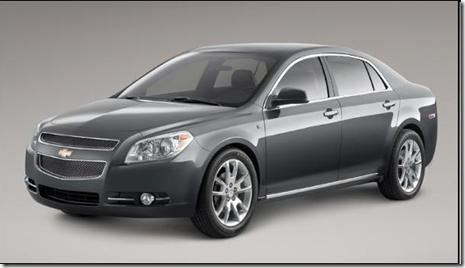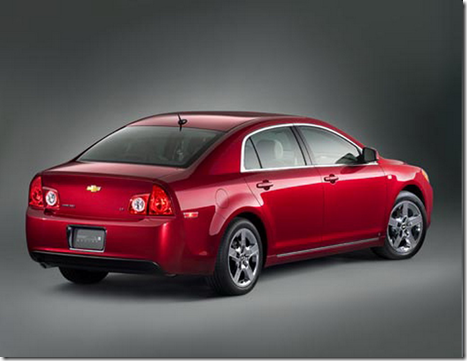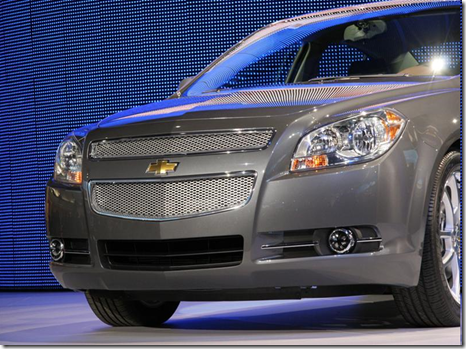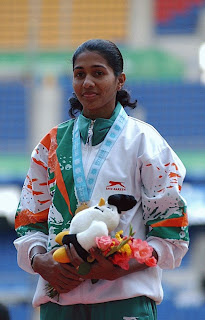I drove with a bunch of friends to Yosemite this weekend. The original plan was to rent a Mazda 6, but we got a free upgrade to the new 2008 Chevy Malibu, with less than 2,000 miles on it. The best part was that there was plenty of trunk space, so the upgrade was worth it in that regard - we completely filled the trunk, and even had stuff left over for the back seats!
It had an inline 4-cylinder engine with 169 horsepower. Now I drive a 300+hp monster of a BMW 335i, so I was expecting a disappointing drive. However, given my lower expectations, the Malibu did well. It had decent pick-up, nice and comfortable at top speed. The only hitch came when the accelerator was floored while driving on the freeway; the engine screamed loudly, the car shuddered a bit, but it took perceptible seconds before it started accelerating. I would be cautious about overtaking in tight situations.
The car’s exterior looks have changed a bit. I like the new aggressive front grill. But Chevy had better know what its doing - the grill looks like it would appeal more to younger folks; but I can’t imagine the 20 - 30 year old set buying a Malibu over a Honda Accord, a Nissan Altima, Toyota Camry, or even the Ford Fusion. So they might completely miss their current older market segment, who might prefer a more relaxed look.The interior is nice and relaxed, though, and very spacious, specially in terms of leg room. I do also like that there is a single “info” button on the steering wheel, which gives you major car data, including tire pressure. Thing to note, though - seemed our tire pressure readings were off, way off. The interior has no major bells or whistles, but that’s ok in this price range.
Ok, on to the one major flaw - you can’t drive it aggressively on turns. The car can’t maintain its grip, and skids if you aren’t driving carefully. Again, that means the Malibu is really for the 40+ age group, or at the least for the cautious and conservative type…. who like a dash of danger, delivered by the grill.



Finally, a close-up of the aggressive grill































